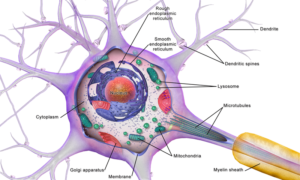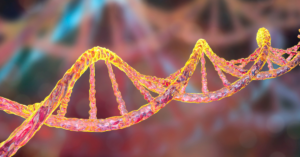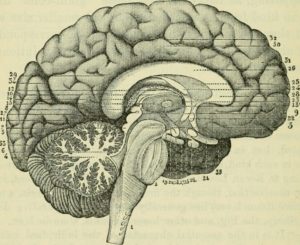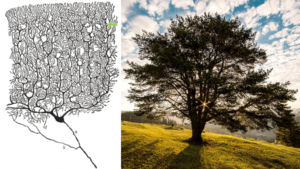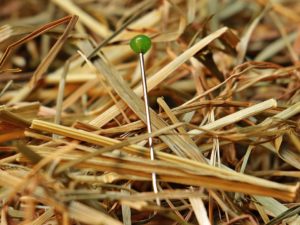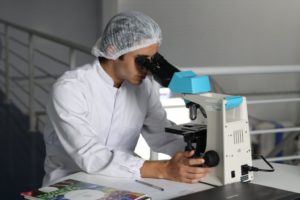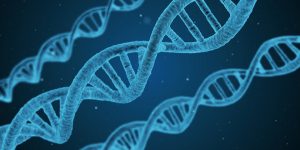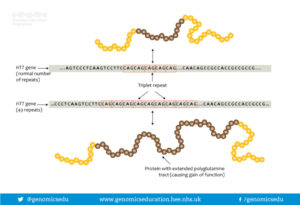
Snapshot: What is Polyglutamine Expansion?
The information that allows the normal development and functioning of each human being is coded in DNA, which exists in all cells of the body. Several successive segments of DNA make up a gene, with the human body containing approximately 20,000. Every gene has a different arrangement of DNA segments Read More…


